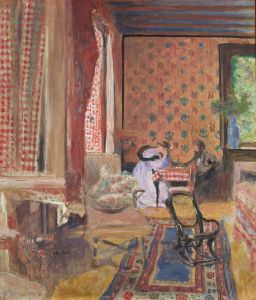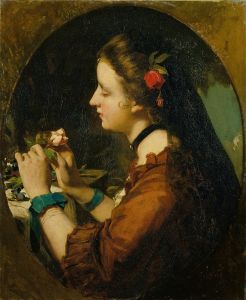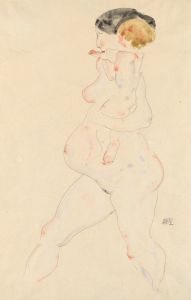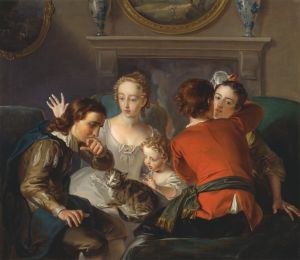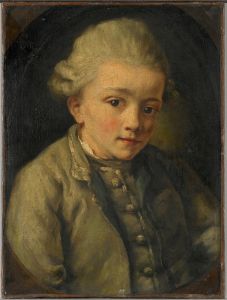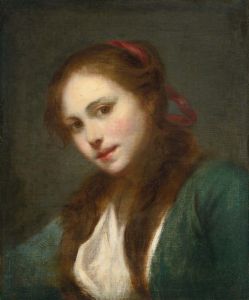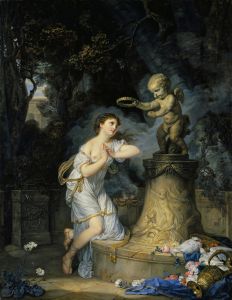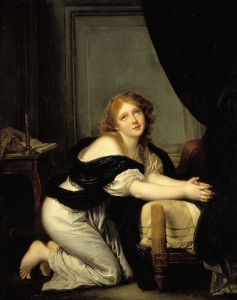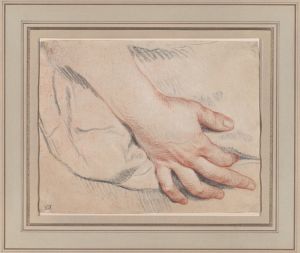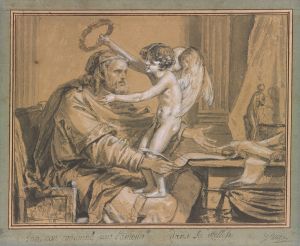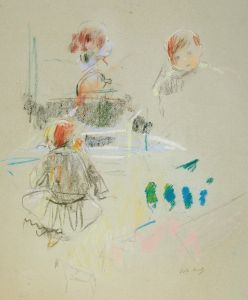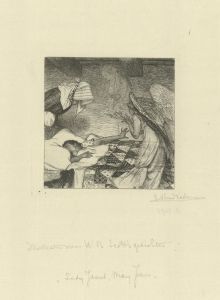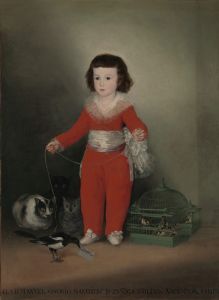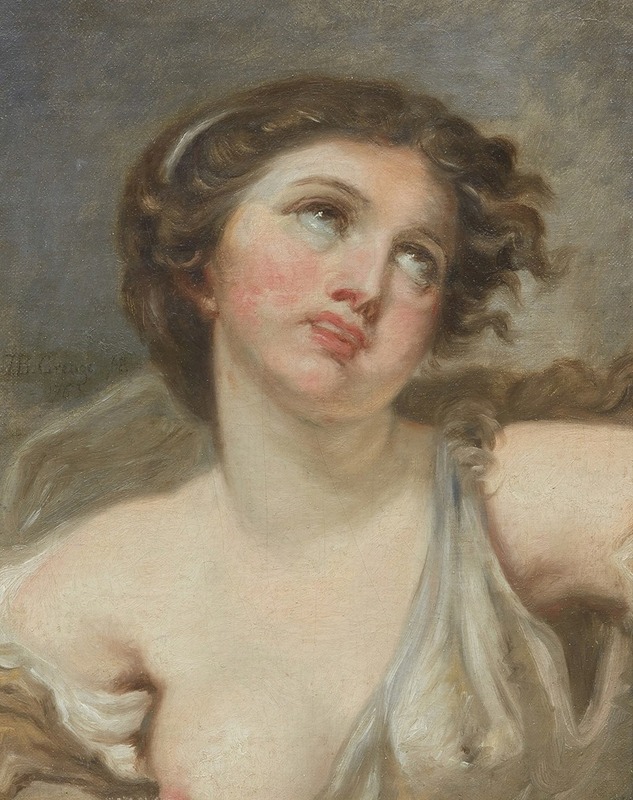
Innocence
A hand-painted replica of Jean-Baptiste Greuze’s masterpiece Innocence, meticulously crafted by professional artists to capture the true essence of the original. Each piece is created with museum-quality canvas and rare mineral pigments, carefully painted by experienced artists with delicate brushstrokes and rich, layered colors to perfectly recreate the texture of the original artwork. Unlike machine-printed reproductions, this hand-painted version brings the painting to life, infused with the artist’s emotions and skill in every stroke. Whether for personal collection or home decoration, it instantly elevates the artistic atmosphere of any space.
Jean-Baptiste Greuze's painting "Innocence" is a notable work by the French artist, who was renowned for his genre paintings and portraits during the 18th century. Greuze was born on August 21, 1725, in Tournus, France, and he became one of the most celebrated painters of his time, particularly known for his ability to capture the subtleties of human emotion and character.
"Innocence" exemplifies Greuze's skill in portraying youthful purity and virtue, themes that were highly valued during the Enlightenment period. The painting is characterized by its delicate rendering of the subject, often a young girl, depicted with a serene and gentle expression that conveys a sense of purity and simplicity. Greuze's use of soft, muted colors and careful attention to detail in the depiction of textures, such as the softness of skin and fabric, contribute to the overall effect of innocence and vulnerability.
Greuze's work often reflected the moral and philosophical ideals of his time, aligning with the Enlightenment's emphasis on reason, virtue, and naturalism. His paintings frequently depicted scenes of domestic life, capturing moments of everyday existence with a moral undertone. "Innocence" fits within this context, as it not only showcases Greuze's technical prowess but also serves as a visual representation of the era's cultural values.
The painting's composition typically involves a single figure, often a young girl, positioned against a simple background that does not distract from the subject. This focus on the individual allows viewers to engage directly with the emotional and psychological aspects of the painting. Greuze's ability to evoke empathy and introspection in the viewer is a hallmark of his style, and "Innocence" is a prime example of this talent.
Jean-Baptiste Greuze's career was marked by both acclaim and controversy. He was initially celebrated by the French art establishment and received numerous commissions from wealthy patrons. However, his relationship with the Académie Royale de Peinture et de Sculpture was tumultuous, as his style and subject matter sometimes clashed with the prevailing tastes of the institution. Despite these challenges, Greuze maintained a successful career and left a lasting impact on the art world.
"Innocence" remains an important work within Greuze's oeuvre, reflecting both his artistic skill and the cultural context of 18th-century France. The painting continues to be appreciated for its beauty and emotional depth, serving as a testament to Greuze's ability to capture the essence of human experience through art. While specific details about the provenance and current location of "Innocence" may not be widely documented, the painting's significance within Greuze's body of work and its representation of Enlightenment ideals ensure its enduring relevance in the study of art history.





